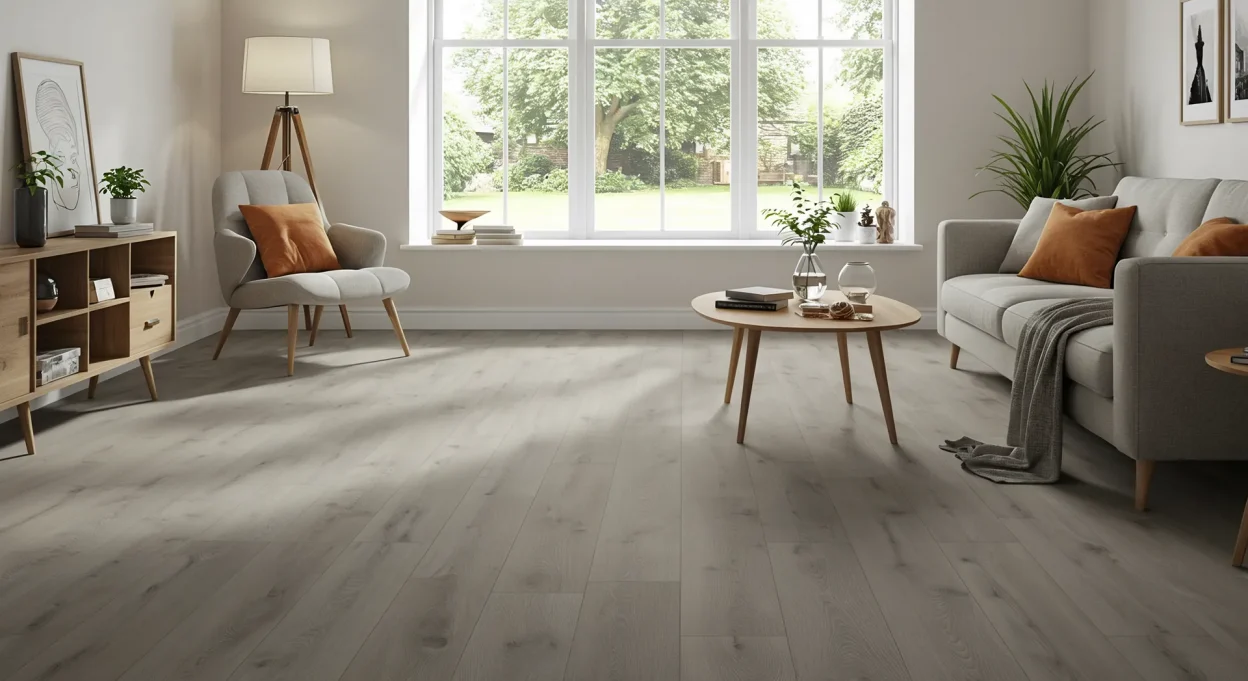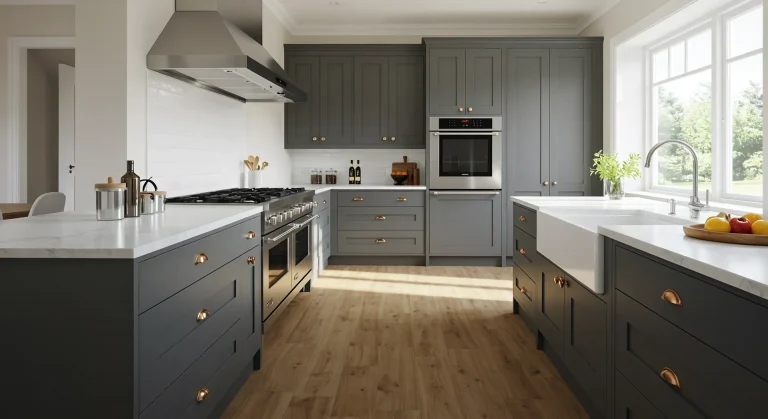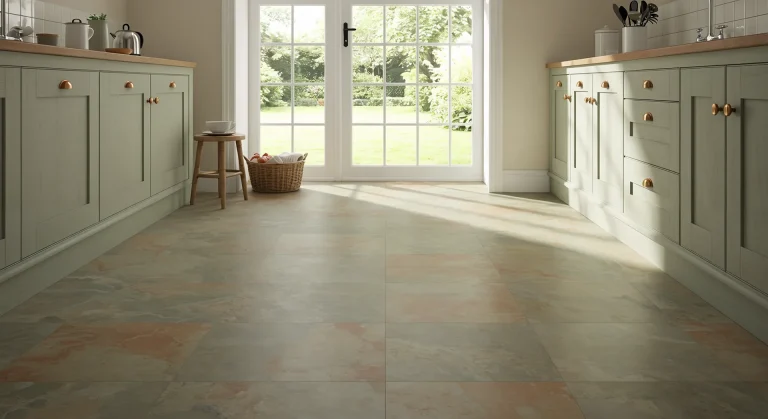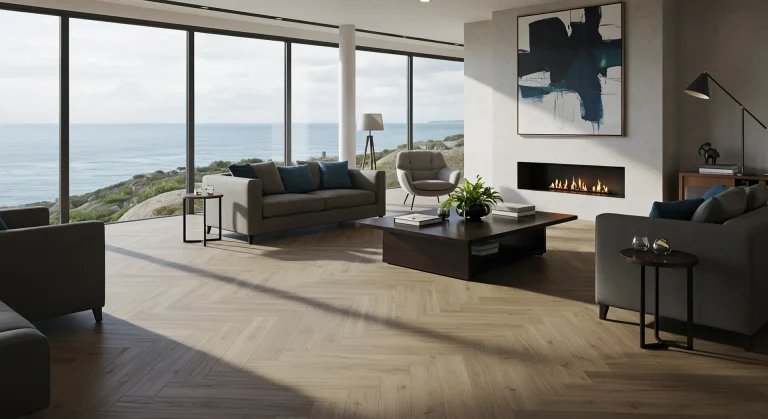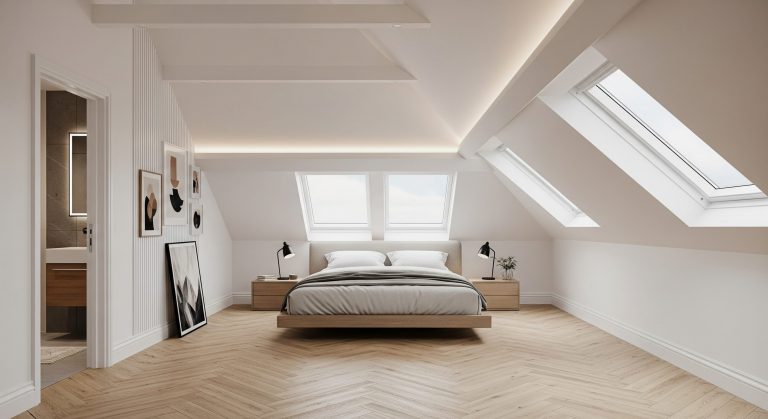Grey has cemented its place as a cornerstone of modern interior design in the UK, offering a chic, versatile, and sophisticated backdrop for countless styles. When combined with the affordability and practicality of laminate, grey laminate flooring emerges as a hugely popular choice for homeowners seeking to update their spaces with contemporary flair without breaking the bank. From a sleek city apartment to a family home, its appeal is widespread.
But with a spectrum of shades from the palest silver to deep charcoal, and various effects like wood grain or stone tile, how do you choose the perfect grey laminate flooring for your needs? This ultimate UK guide for 2025 delves into everything you need to know. We’ll explore why grey laminate is so on-trend, showcase the different styles available, offer room-by-room styling inspiration, cover essential practicalities like durability and installation, and weigh up the pros and cons to help you decide if this stylish flooring is the right fit for your home.
Jump to Section:
- The Enduring Appeal: Why Grey Laminate Flooring Dominates UK Interiors
- Shades of Sophistication: Exploring the Grey Laminate Spectrum
- Styling with Grey Laminate: Room-by-Room Inspiration for UK Homes
- Practical Choices: Selecting Quality Grey Laminate Flooring
- Laying Your Grey Laminate: Key Installation & Preparation Steps
- Underneath It All: The Importance of Underlay for Grey Laminate
- Keeping it Chic: Care & Maintenance for Grey Laminate Floors
- Grey Laminate Flooring: Weighing the Pros and Cons
- What to Budget: Grey Laminate Flooring Costs in the UK (2025)
- Is Grey Laminate Flooring the Right Stylish Step for You?
The Enduring Appeal: Why Grey Laminate Flooring Dominates UK Interiors
The sustained popularity of grey laminate flooring in the UK isn’t just a fleeting trend; it’s rooted in its remarkable adaptability and aesthetic qualities:
- Modern & Contemporary Elegance: Grey offers a clean, sophisticated, and undeniably modern foundation that can elevate any space.
- Ultimate Versatility: It’s a true chameleon. Light greys can create a Scandinavian or coastal feel (perfect for brightening UK homes, including airy coastal properties), mid-greys offer a balanced contemporary look, and dark greys lend themselves to industrial or dramatic styles.
- The Perfect Neutral Backdrop: Grey allows your furniture, artwork, textiles, and accent colours to truly shine. It’s easy to build a colour scheme around and simple to redecorate with over time.
- Illusion of Space: Lighter shades of grey laminate, in particular, can make smaller rooms feel more spacious and brighter by reflecting light.
- Practicality: Depending on the shade and texture, grey can be more forgiving than very dark or very light floors when it comes to showing everyday dust or pet hair.
- Affordable Style: Laminate technology allows for realistic wood and stone effects in trendy grey tones at a price point significantly lower than real wood, engineered wood, or LVT.
Shades of Sophistication: Exploring the Grey Laminate Spectrum
“Grey” is far from monolithic. Grey laminate flooring comes in a vast array of tones and effects:
- Light Grey Laminate: Think pale silver, dove grey, or light ash tones. These create an airy, bright, and often calming atmosphere. Excellent for smaller rooms, darker spaces needing a lift, or achieving a minimalist, Scandinavian, or coastal aesthetic.
- Mid Grey Laminate: Includes shades like stone grey, medium slate, or classic battleship grey. This is arguably the most versatile range, providing a balanced, contemporary feel that grounds a room without overpowering it. Works well with a wide variety of accent colours.
- Dark Grey & Charcoal Laminate: From deep slate and anthracite to near-black charcoal, these shades create a bold, dramatic, and sophisticated statement. Best suited to larger, well-lit rooms where they won’t make the space feel too enclosed. They provide excellent contrast with lighter walls and furnishings.
- Greige (Grey-Beige) Laminate: A hugely popular hybrid in UK interiors, “greige” blends the coolness of grey with the warmth of beige. This creates a very adaptable, soft, and inviting neutral that pairs well with both warm and cool colour palettes.
- Effects & Textures: Most grey laminate flooring replicates wood grain (e.g., grey oak is extremely popular, also grey-washed pine or other species). You can also find grey stone-effect (slate, concrete) or even tile-effect laminate. Many feature textured surfaces (embossing) to enhance realism. Herringbone grey laminate is also a growing trend for those wanting pattern.
Styling with Grey Laminate: Room-by-Room Inspiration for UK Homes
Grey laminate flooring offers a fantastic canvas for various rooms:
- Living Rooms: Use light to mid-grey laminate for a calm, contemporary, or Scandi-inspired space. Pair with sofas in contrasting colours like navy blue, forest green, blush pink, or mustard yellow. Add warmth with textured rugs, wooden furniture accents, and metallic accessories (brass, copper, black). Dark grey laminate can create a cosy, cocooning media room.
- Kitchens: Grey laminate can offer a sleek, modern look. Light grey can complement white or pale blue units, while dark grey pairs well with high-gloss white or bold coloured cabinetry. Crucially, if using laminate in a kitchen, opt for ranges specifically marketed as “water-resistant” (e.g., with sealed edges and core technology from brands like Quick-Step or Egger). Understand that this means resistant to topical spills if wiped up quickly, not fully waterproof like LVT. Meticulous care around sinks and appliances is essential.
- Bedrooms: Light to mid-greys create a serene and restful atmosphere. Layer with soft textiles in calming colours for a tranquil retreat.
- Hallways: Choose a durable grey laminate with a good AC rating (AC4 or AC5) to withstand high foot traffic. Lighter greys can help make narrow UK hallways feel more spacious.
- Home Offices: Provides a professional, calming, and neutral backdrop conducive to focus.
- Complementary Colours: Grey pairs beautifully with almost anything! For a fresh look, combine with whites and blues. For warmth, add yellows, oranges, or pinks. For sophistication, team with deep jewel tones or metallics. Natural wood tones in furniture also sit very well with grey floors.
Practical Choices: Selecting Quality Grey Laminate Flooring
Not all grey laminate flooring is created equal. Consider these factors for a lasting investment:
- AC Rating (Abrasion Class): This indicates surface durability against scratches, scuffs, and wear.
– AC3: Suitable for moderate domestic use (e.g., bedrooms, light-traffic living rooms).
– AC4: Recommended for general domestic use (living rooms, hallways, dining rooms, home offices). This is a good standard for most UK homes.
– AC5: Heavy domestic/light commercial use (very busy households, some commercial settings). Offers the best durability. - Thickness: Common thicknesses are 7mm, 8mm, 10mm, and 12mm.
– 8mm is a popular mid-range option offering a good balance of feel and affordability.
– 10mm and 12mm options feel more solid and substantial underfoot, offer better sound insulation, and can be slightly more forgiving of minor subfloor imperfections. - Warranty: Look for a manufacturer’s warranty of at least 10-15 years for residential use; longer warranties (20-25 years or even lifetime for some premium ranges) indicate greater confidence in the product.
- Brand Reputation: Established UK-available brands like Quick-Step, Egger, Kronotex, BerryAlloc often offer good quality control and innovative features (e.g., water resistance, advanced click systems). Read reviews for specific product lines.
- Water Resistance: If considering for a kitchen or entranceway, look specifically for “water-resistant” ranges. These typically feature improved core materials, edge sealing, and tighter click systems to resist topical moisture for a defined period (e.g., 24-72 hours). However, they are not fully waterproof like LVT.
- Edge Detail: Planks can have square edges (for a smooth, seamless look) or bevelled edges (V-grooves on 2 or 4 sides) which define each plank more clearly, mimicking real wood boards or tiles.
Laying Your Grey Laminate: Key Installation & Preparation Steps
While this guide focuses on “what is grey laminate flooring,” understanding the basics of installation is key if you’re considering it:
- Acclimatisation: Absolutely essential. Laminate’s HDF core needs to adjust to your room’s temperature and humidity for 48-72 hours before installation. Lay boxes flat and unopened in the room.
- Subfloor Preparation: The subfloor must be clean, dry, and perfectly level. Use a long straight edge; deviations greater than 2-3mm over 2m can stress click joints.
– Concrete Subfloors (UK Ground Floors): A Damp Proof Membrane (DPM) is almost always required before laying underlay and laminate to prevent moisture rising from the concrete. Use self-levelling compound for uneven areas.
– Wooden Subfloors: Secure loose boards. Consider a plywood overlay (min. 6mm) for uneven floorboards. - Underlay: Always use underlay with laminate. It provides joint support, sound insulation, thermal benefits, and can include a DPM. Choose one specifically for laminate flooring (typically 3-5mm thick). Ensure UFH compatibility if needed.
- Installation (Click System): Laminate uses a floating floor click-lock system. Key points:
– Leave an 8-12mm expansion gap around the entire perimeter of the room and around any fixed objects (pipes, kitchen islands, door frames). This is crucial for laminate’s HDF core to expand and contract.
– Plan your layout, staggering end joints between rows by at least 30cm.
– Cut planks cleanly (laminate cutter or fine-tooth saw – decor side down for most power saws, decor side up for hand saws). - Herringbone Grey Laminate: If choosing a herringbone pattern, the installation is similar (click system, expansion gaps, underlay) but planning the layout from the centre point and managing the specific ‘A’ and ‘B’ planks (if used) is more critical.
Underneath It All: The Importance of Underlay for Grey Laminate
When planning your grey laminate flooring project, one component that is absolutely non-negotiable is the underlay. Unlike some flooring types that might have built-in backing or can be laid directly, laminate flooring always requires a separate, suitable underlay. Skipping this crucial layer or using the wrong type can lead to a host of problems, from a noisy floor to damaged joints and even moisture issues, potentially voiding your flooring warranty.
So, why is underlay so vital for your grey laminate flooring in your UK home?
- Joint Support & Stability: Laminate flooring is installed as a ‘floating floor’ using a click-lock system. The underlay provides a crucial supportive cushion that allows the planks to interlock correctly and remain stable, preventing excessive stress on the joints as the floor is walked on or as it naturally expands and contracts.
- Sound Insulation (Acoustics): One common complaint about laminate can be a ‘clicky’ or hollow sound underfoot. A good quality underlay significantly dampens impact sound (footsteps) and ambient room noise, making your space much quieter and more pleasant. This is particularly important in multi-storey homes or apartments.
- Thermal Insulation: Underlay adds a degree of thermal insulation, helping your floor feel warmer underfoot, especially over cold concrete subfloors common in many UK properties. For rooms with underfloor heating (UFH), you’ll need a specific low-Tog rated underlay that allows heat to transfer efficiently.
- Minor Subfloor Imperfection Smoothing: While underlay is not a substitute for a properly levelled subfloor, it can help to smooth out very minor irregularities, providing a more even base for the laminate.
- Moisture Protection: Many laminate underlays incorporate an integrated Damp Proof Membrane (DPM) or vapour barrier (often a foil backing). This is essential when laying grey laminate flooring over concrete ground floors in the UK to protect the laminate’s HDF core from rising damp.
- Enhanced Comfort: The slight cushioning provided by underlay makes the floor more comfortable to walk and stand on.
Choosing the Right Underlay for Grey Laminate:
- Material Specific: Always use underlay specifically designed for laminate flooring. Do not use carpet underlay, as it’s too thick and soft, causing excessive movement and joint strain.
- Thickness: Laminate underlays typically range from 2mm to 5mm. While thicker can offer more insulation, ensure it’s not too thick or spongy, as this can also lead to joint problems. Follow your laminate manufacturer’s recommendations.
- Types Available in the UK:
– PE Foam Underlay: A common and budget-friendly option, often with a foil DPM backing. Good for basic sound and moisture protection on level concrete.
– Fibreboard Underlay: Comes in rigid boards, offers excellent thermal and acoustic insulation, and can help level out slightly more uneven subfloors than foam. Not suitable for areas with high moisture risk.
– Cork Underlay: An eco-friendly option providing good sound and thermal insulation.
– Rubber or High-Density Foam: Premium options offering superior sound dampening and durability. - Considerations: Factor in your subfloor type (concrete needs a DPM), whether you have underfloor heating (UFH-compatible underlay is essential), and your desired level of sound and thermal insulation.
Installing the underlay correctly – laying it flat, butting edges together closely (not overlapping unless it has a specific flap), and securely taping all seams (especially if it has a DPM) – is just as important as choosing the right type for the success of your grey laminate flooring installation.
Keeping it Chic: Care & Maintenance for Grey Laminate Floors
To maintain the beauty of your grey laminate, understanding how to clean laminate flooring correctly is key. Thankfully, grey laminate flooring is relatively easy to maintain:
- Regular Cleaning: Sweep with a soft broom or vacuum with a soft brush/hard floor attachment daily or every few days to remove grit and dust that can scratch the surface over time.
- Spill Management: Wipe up spills immediately with a slightly damp cloth or paper towel. Do not let liquids sit on the surface, especially at the joints.
- Damp Mopping (Occasional): Use a well-wrung-out microfibre mop. Plain water is often sufficient. If using a cleaner, ensure it’s pH-neutral and specifically formulated as safe for laminate floors. Spray the cleaner lightly onto the mop, not directly onto the floor.
- Strictly Avoid:
– Steam Mops: The heat and moisture can force water into the joints and damage the HDF core.
– Excessive Water / Wet Mopping.
– Abrasive cleaners, scouring pads, steel wool.
– Wax-based polishes or oil soaps (these can leave a dull residue and make the floor slippery). - Protection: Use felt pads under furniture legs. Lift, don’t drag, furniture. Use good quality doormats at entrances.
Grey Laminate Flooring: Weighing the Pros and Cons
Pros:
- Stylish & Modern: Grey tones are very on-trend and versatile.
- Affordable: A cost-effective way to achieve a contemporary wood or tile look.
- Easy DIY Installation: Click-lock systems are designed for home installation.
- Good Surface Durability: Resistant to scratches, stains, and fading (check AC rating).
- Easy to Clean: Simple maintenance routine.
- Wide Variety: Numerous shades, effects (wood, stone), and plank styles available.
Cons:
- Not Real Wood/Stone: It’s a photographic reproduction.
- Moisture Sensitive Core: HDF core can swell/warp with excessive moisture; not ideal for bathrooms, and requires careful selection (water-resistant types) and care in kitchens.
- Cannot be Refinished: Damage to the wear layer or core is generally permanent.
- Can Sound Hollow: Requires a good quality underlay to minimise ‘clicky’ noise.
- Can Chip: While scratch-resistant, heavy impacts can chip the edges or surface.
What to Budget: Grey Laminate Flooring Costs in the UK (2025)
- Material Costs: For grey laminate flooring, expect to pay approximately £10 to £35+ per square metre in the UK. Standard 8mm AC4 rated grey laminate might be £12-£20/m², while thicker (10-12mm), water-resistant options, or those with premium textures or herringbone patterns will be at the higher end (£20-£35+/m²). Brands like Quick-Step or Egger’s premium ranges may cost more.
- Underlay: Add £3 – £7 per m².
- Installation Labour (if not DIY): Typically around £15 – £30 per m² for straight plank laminate. Herringbone patterns might incur slightly higher fitting costs.
- Additional Costs: Factor in DPM for concrete subfloors, skirting boards/beading, threshold bars, and potential subfloor preparation (e.g., self-levelling compound).
Is Grey Laminate Flooring the Right Stylish Step for You?
Grey laminate flooring offers an excellent way for UK homeowners to tap into contemporary interior design trends without the expense or maintenance demands of real wood or stone. Its versatility in shade and style means there’s a grey laminate to suit almost any room decor, from airy Scandinavian living rooms to sleek, modern kitchens (if choosing a suitable water-resistant type with care).
The key to success with grey laminate flooring lies in choosing a quality product appropriate for the room’s intended use (paying attention to AC rating and any water-resistance features), ensuring meticulous subfloor preparation, using the correct underlay, and adhering to careful installation practices, especially regarding expansion gaps. If its limitations regarding moisture and its non-repairable surface are acceptable for your needs, then grey laminate can be a highly rewarding, stylish, and budget-friendly flooring solution for your home.

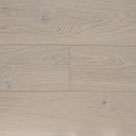 Light
Light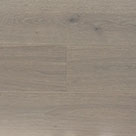 Grey
Grey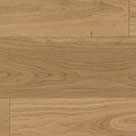 Natural
Natural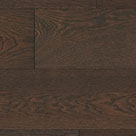 Dark
Dark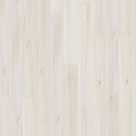 White
White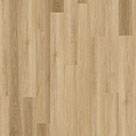 Light
Light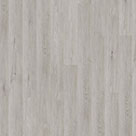 Grey
Grey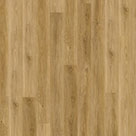 Natural
Natural Dark
Dark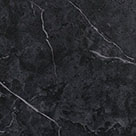 Black
Black